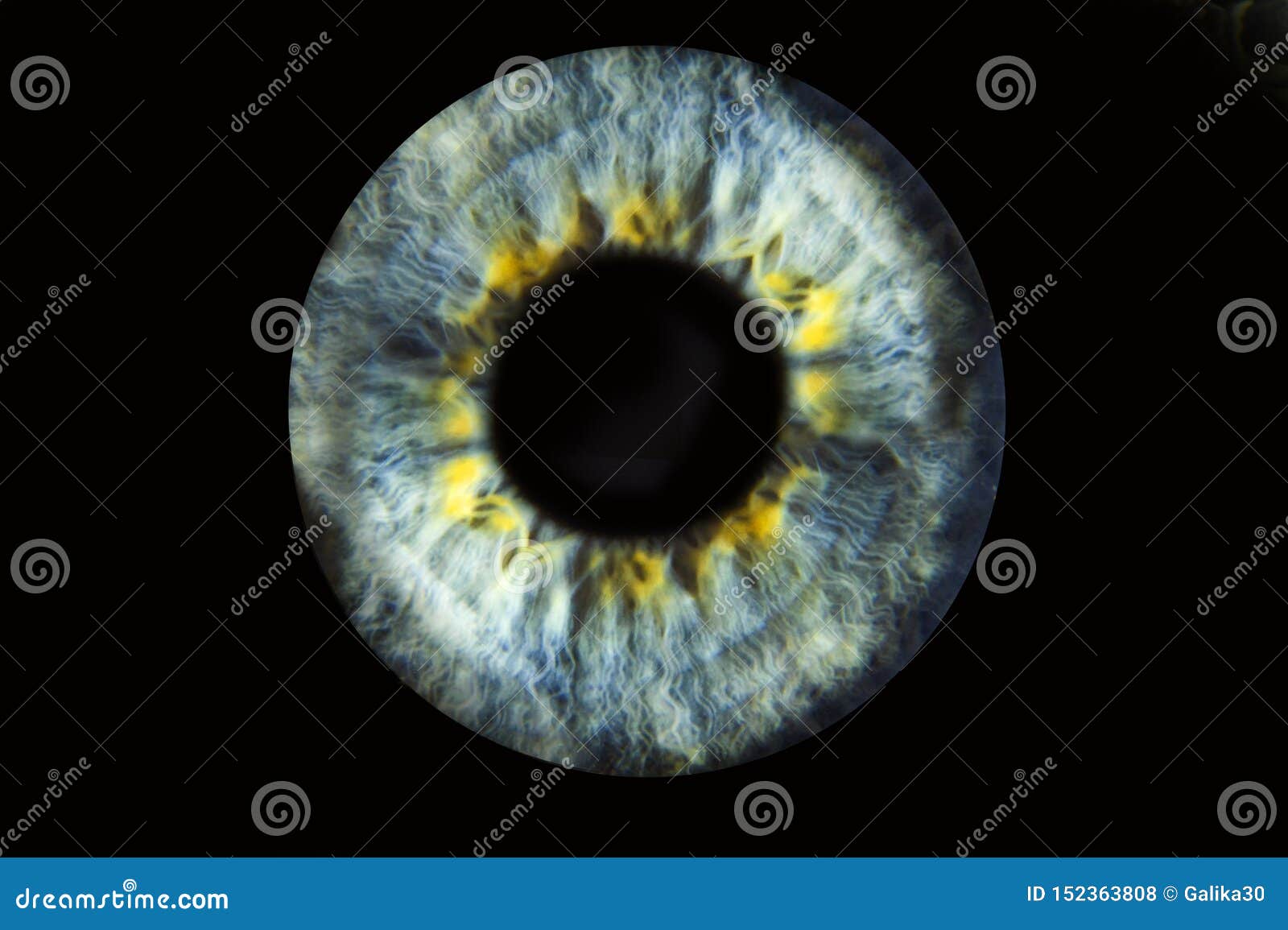

Blue eyes yellow around pupil skin#
Another condition called oculocutaneous albinism affects the pigmentation of the skin and hair in addition to the eyes. Ocular albinism is characterized by severely reduced pigmentation of the iris, which causes very light-colored eyes and significant problems with vision. Several disorders that affect eye color have been described. While a child’s eye color can often be predicted by the eye colors of his or her parents and other relatives, genetic variations sometimes produce unexpected results. The inheritance of eye color is more complex than originally suspected because multiple genes are involved. Although it is uncommon, parents with blue eyes can have children with brown eyes. However, later studies showed that this model was too simplistic. Under this model, it was believed that parents who both had blue eyes could not have a child with brown eyes. Researchers used to think that eye color was determined by a single gene and followed a simple inheritance pattern in which brown eyes were dominant to blue eyes.

The effects of these genes likely combine with those of OCA2 and HERC2 to produce a continuum of eye colors in different people. Genes with reported roles in eye color include ASIP, IRF4, SLC24A4, SLC24A5, SLC45A2, TPCN2, TYR, and TYRP1. Some of these genes are also involved in skin and hair coloring. Several other genes play smaller roles in determining eye color. At least one polymorphism in this area of the HERC2 gene has been shown to reduce the expression of OCA2 and decrease P protein production, leading to less melanin in the iris and lighter-colored eyes. Less P protein means that less melanin is present in the iris, leading to blue eyes instead of brown in people with a polymorphism in this gene.Ī region of the nearby HERC2 gene known as intron 86 contains a segment of DNA that controls the activity (expression) of the OCA2 gene, turning it on or off as needed. Several common variations (polymorphisms) in the OCA2 gene reduce the amount of functional P protein that is produced. The P protein therefore plays a crucial role in the amount and quality of melanin that is present in the iris. The protein produced from the OCA2 gene, known as the P protein, is involved in the maturation of melanosomes, which are cellular structures that produce and store melanin. Within this region, there are two genes located very close together: OCA2 and HERC2. People with brown eyes have a large amount of melanin in the iris, while people with blue eyes have much less of this pigment.Ī particular region on chromosome 15 plays a major role in eye color. Eye color is directly related to the amount of melanin in the front layers of the iris. Most of the genes associated with eye color are involved in the production, transport, or storage of a pigment called melanin.

Brown is the most frequent eye color worldwide.Įye color is determined by variations in a person’s genes. Most of the time eye color is categorized as blue, green/hazel, or brown. The color of the iris ranges on a continuum from very light blue to dark brown. A person’s eye color results from pigmentation of a structure called the iris, which surrounds the small black hole in the center of the eye (the pupil) and helps control how much light can enter the eye.


 0 kommentar(er)
0 kommentar(er)
